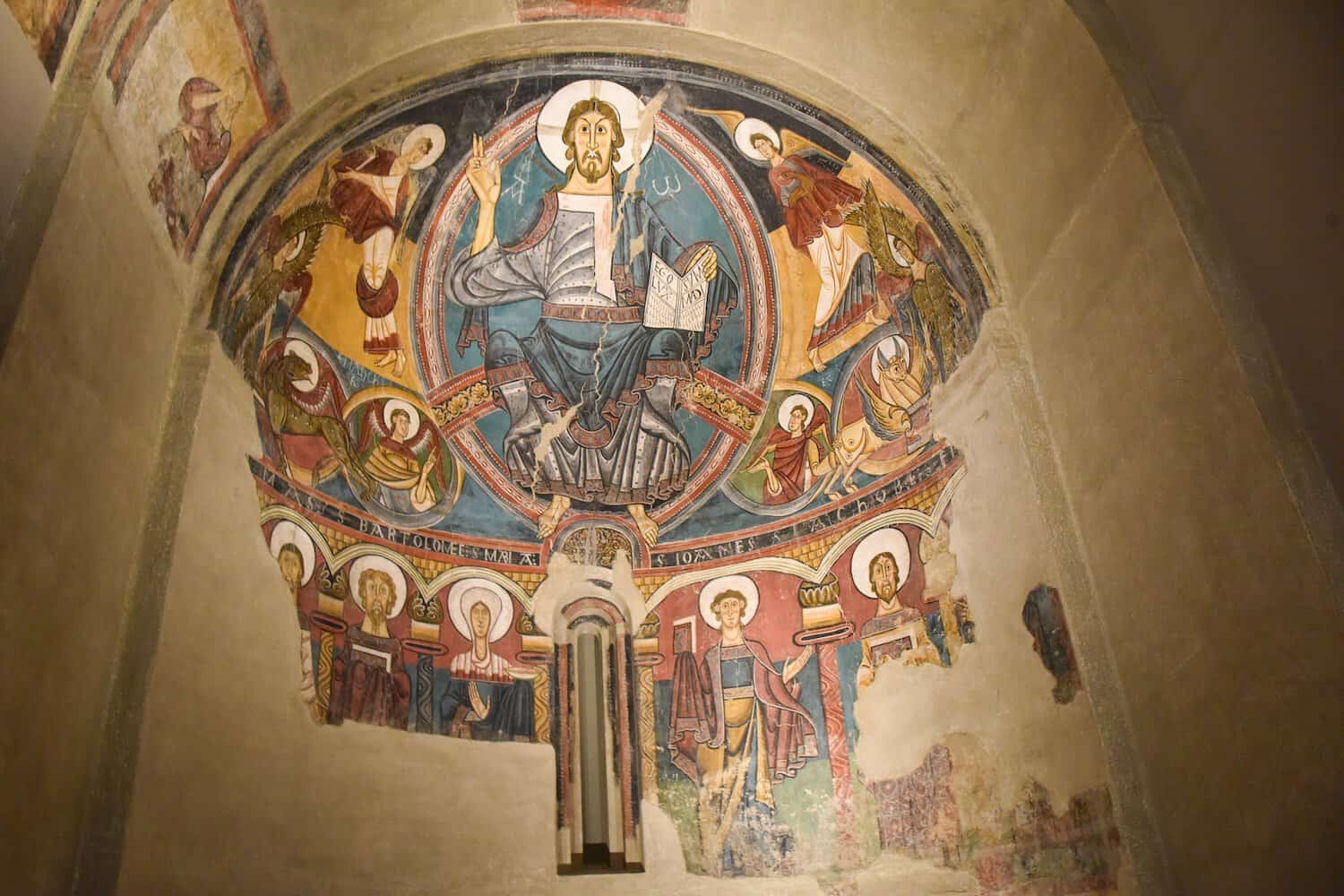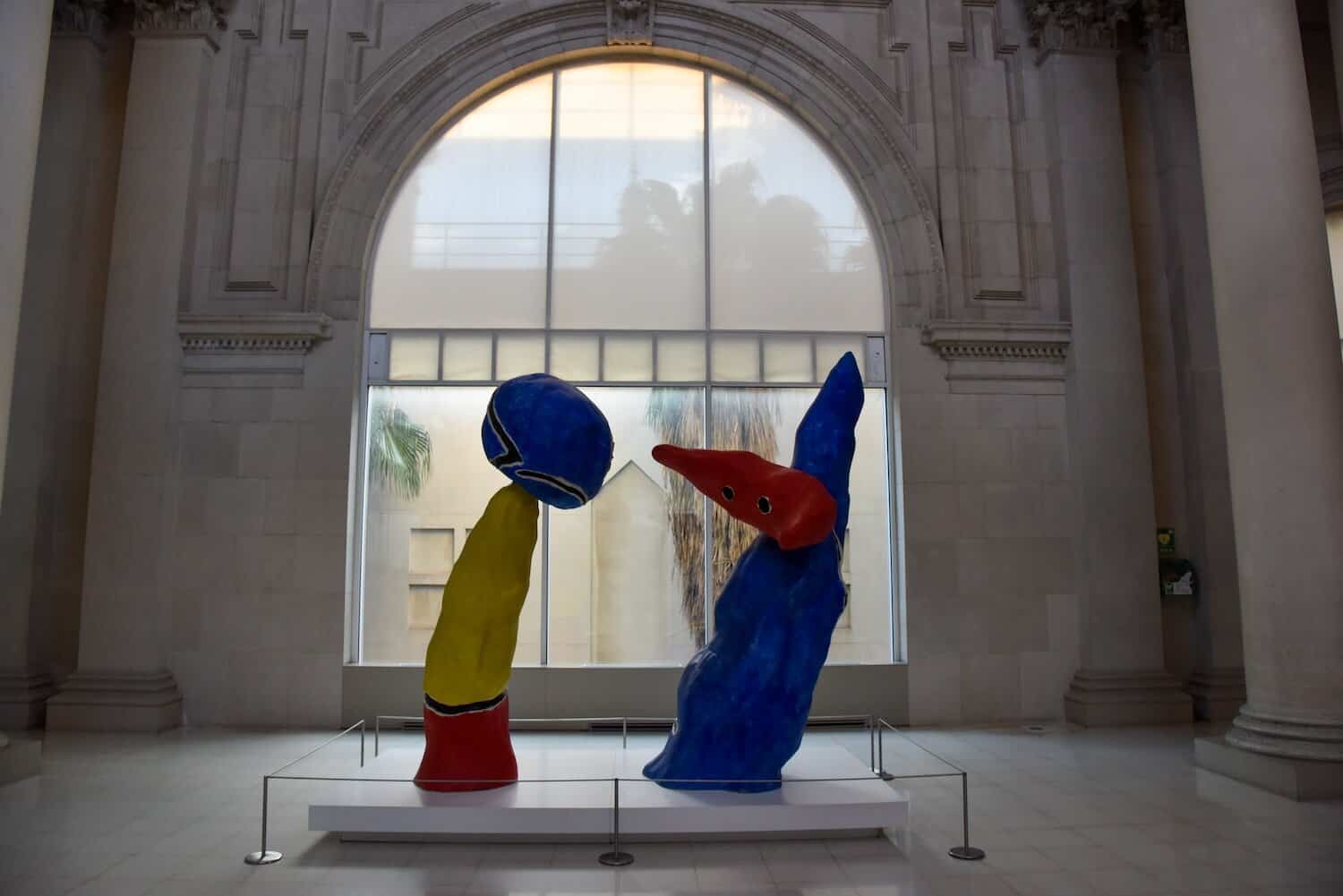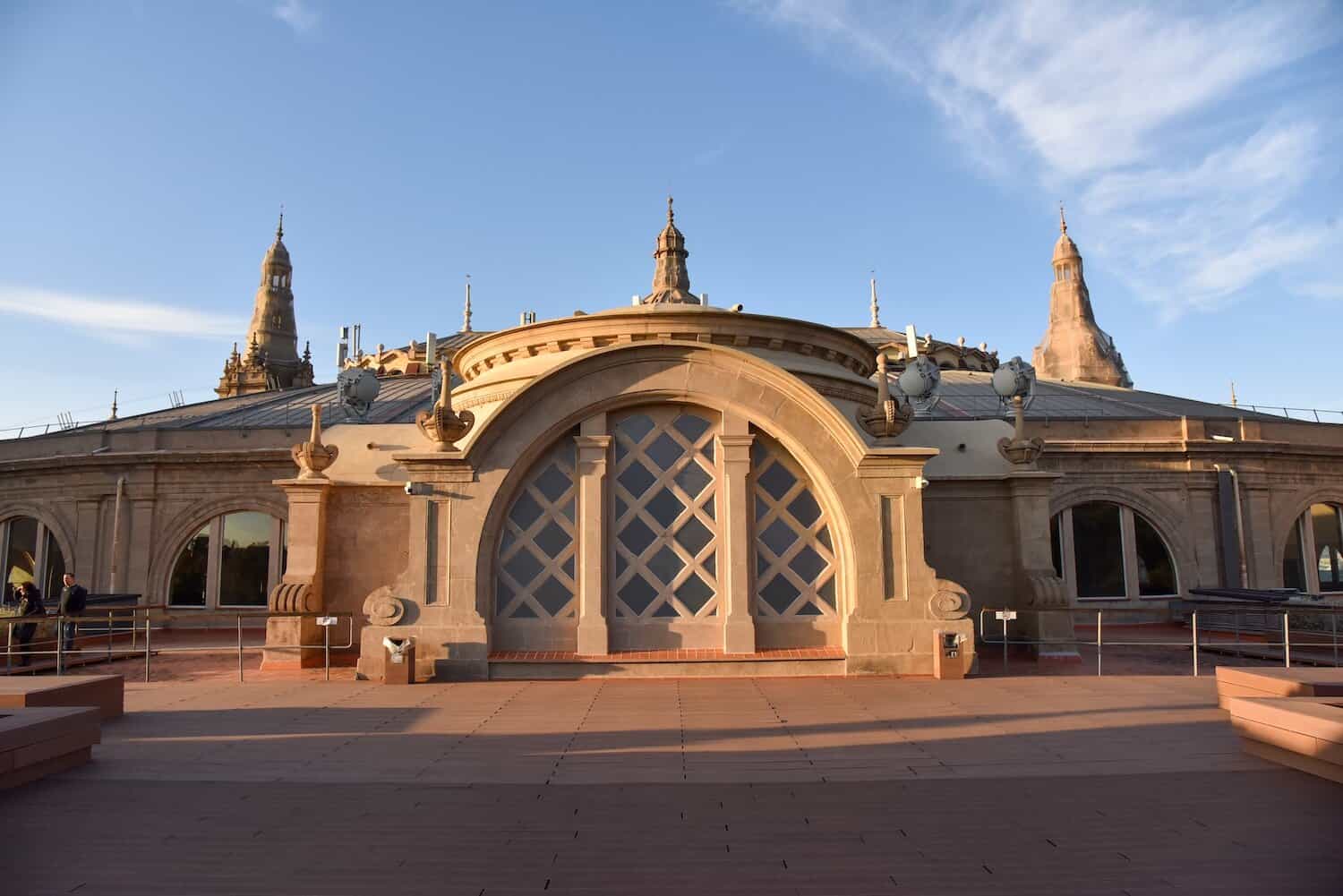The Museu Nacional d’Art de Catalunya (MNAC), on Montjuïc Hill in Barcelona, is one of Spain’s leading cultural landmarks. Housed in the Palau Nacional—a striking neo-Baroque palace built for the 1929 International Exposition—the museum presents an unparalleled overview of Catalan art, spanning over a thousand years of artistic expression and heritage.
The Palau Nacional
The Palau Nacional is an Italianate masterpiece by architects Eugenio Cendoya, Enric Catà, and Pere Domènech i Roura. Its neoclassical façade, towering dome, and cascading fountains set a dramatic stage, while the vast Oval Hall and monumental pipe organ, restored for the 1992 Olympics, showcase early-20th-century exhibition grandeur.
A 1990s renovation upgraded the interior to modern museum standards without sacrificing the building’s historic splendor, creating airy galleries, panoramic rooftop terraces, and a fluid mix of permanent collections and rotating shows. Beyond the art, MNAC offers the Òleum restaurant, a casual café, and easy proximity to the Magic Fountain—perfect for capping an evening of fine art with music and light.
Highlights of the Collection
Romanesque Masterpieces
MNAC’s star attraction is its world-class Romanesque collection—the largest and most complete anywhere. Salvaged from 11th- to 13th-century churches in the Pyrenees and across Catalonia, these frescoes, altarpieces, and sculptures are displayed in reconstructed “ambits” that echo their original settings. The highlight is the apse of Sant Climent de Taüll, where Christ Pantocrator radiates amid the four evangelists—an icon of medieval Catalan art. Other standouts include the Santa Maria de Taüll murals, expressive wooden Virgins and Child figures, and richly painted altar frontals that reveal the sophistication of Catalonia’s medieval culture.
Gothic, Renaissance, and Baroque Art
The museum’s Gothic collection captures the evolution of Catalan art from the 13th to 15th centuries, featuring altarpieces by Bernat Martorell, Jaume Huguet, and other masters whose works reflect both local traditions and the influence of Flemish and Italian styles. The Renaissance and Baroque galleries, though smaller, include important works by El Greco, Velázquez, and Zurbarán, as well as Catalan artists who embraced these European movements. Together, these collections highlight Catalonia’s artistic richness through paintings, sculptures, and decorative arts from a period marked by cultural and political expansion.
Modern Catalan Art
MNAC’s modern galleries chart Catalonia’s artistic rebirth from the mid-1800s through the early avant-garde. Romantic realism and Mariano Fortuny’s radiant canvases give way to Modernisme—Catalonia’s Art Nouveau—represented by Santiago Rusiñol, Ramon Casas, and Gaudí-designed decorative arts. The journey continues through Noucentisme and other 20th-century movements, revealing how Catalan creators absorbed international modernist currents while preserving a distinctive regional voice.
Practical Details
Book tickets online, especially on free-entry days, and start with the Romanesque galleries before they get busy. Don’t miss the rooftop for sunset views over Plaça Espanya. The museum, accessible via Espanya metro, is open Tuesday to Saturday with varying hours. Entry is affordable, with discounts and free days available. The MNAC is a cultural landmark, offering a rich journey through Catalan art from Romanesque to Modernism—an essential visit for art and history lovers.
Address: Palau Nacional, Parc de Montjuïc, s/n, 08038 Barcelona, Spain
Phone: +34 936 22 03 60
Website: www.mnac.cat | View Map







